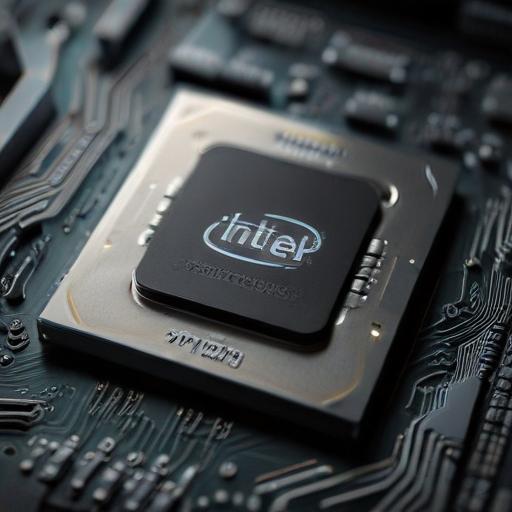Intel Corporation (NASDAQ: INTC) is implementing a critical dual strategy aimed at revamping its market position and financial health. Currently, Intel’s stock price is around $20.25 as of early June 2025, reflecting investor sentiments regarding its future prospects. The company is focused on two primary goals: quickly innovating in the artificial intelligence (AI) sector to capture market share and advancing its Foundry business to become a key player in contract chip manufacturing.
Intel is prioritizing the integration of AI in its product lines as part of an aggressive strategy to drive immediate financial performance. The Client Computing Group (CCG) is targeting the expanding AI PC market, with ambitious plans to ship over 100 million AI PCs by the end of 2025. This initiative includes the development of advanced Core Ultra processors and several upcoming CPUs, which could enhance profit margins significantly, as evidenced by the CCG’s reported revenue of $7.6 billion in Q1 2025.
In addition, the Data Center and AI (DCAI) segment has seen an 8% year-over-year revenue increase, totaling $4.1 billion in Q1 2025. This success is driven by the launch of new Xeon 6 processors and Gaudi 3 AI accelerators, which could position Intel favorably against its competitors.
Simultaneously, Intel is aiming to establish Intel Foundry as a leading global contract manufacturer as part of its IDM 2.0 strategy. This long-term goal requires significant investment and comes with risks, particularly regarding execution. Intel’s plan to regain manufacturing leadership includes a roadmap focused on releasing five advanced nodes over four years. A major milestone will be the introduction of the Intel 18A node, which features advanced transistors and is already in risk production.
Intel is also working to secure partnerships with major customers to validate its Foundry strategy. Significant commitments from tech giants like Microsoft and Amazon Web Services highlight the importance of collaboration in building credibility for its manufacturing capabilities. Despite currently operating at a loss, Intel is targeting profitability in the Foundry segment by 2027.
For investors, Intel’s dual strategy offers potential rewards amidst certain risks. The stock’s recent valuation near its 52-week low may serve as an appealing entry point, especially with anticipated product launches that could bolster financial performance. Key indicators, including improvements in AI product sales and progress on the Intel 18A manufacturing nodes, will be crucial to monitor in the coming months.
Intel’s ongoing commitment to innovation in AI and its long-term vision for its Foundry business together form a complex but potentially rewarding strategy that aims to deliver significant value to shareholders while navigating a competitive landscape.
